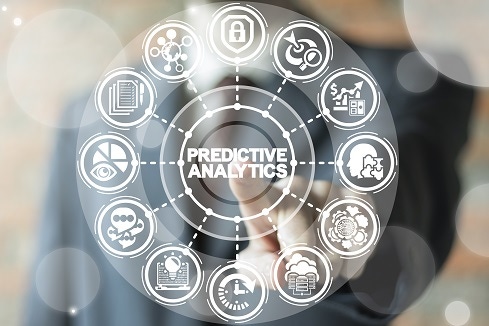Ironically, it’s not that companies don’t have access to the data that that they need -- it’s their inability to deal with the requirements for data transformation.

Using data to gain actionable insights into what customers want is quickly becoming less of a competitive advantage and more a standard business optimization strategy. The digitalization of business and the 24/7 nature of a connected society means that today there’s more data available to predict the future than ever.
So how do you turn your data into actionable insights that will provide you with real business value? The answer lies in data transformation and thinking carefully about what data formats you should leverage first to gain business insights and predict the future.
The failure rate of digital transformation projects hovers around the 70% mark, according to some industry analysts, so it is vital that companies don’t get distracted by the sheer volume of data available. The quality of the data itself must be considered, of course, but an even bigger headache is figuring out whether to focus exclusively on structured data or also include unstructured data in the analysis.
Before you start your next data-driven initiative, you need to think about the following:
1. Decide what data formats to leverage first. Tempting as it may be to go all in from day one with both structured and unstructured data, a more prudent path is to start small with structured Extract, Transform, Load (ETL) data pilot projects, and once the ROI has been established in terms of the delivered insights, scale up accordingly and harness the power of unstructured data through Extract, Load, Transform (ELT) processes.
2. Decide ahead of time who will be responsible for data transformation and governance.
While some smaller companies may be able to hand the job off to a Chief Data Officer, it often takes a dedicated team to build data-driven initiatives and upskill the workforce as required.
3. Decide how you will assess data quality for both input and outputs and communicate the value of spending time and money on digital transformation to stakeholders. It’s important that everyone in your company understands why analytics programs require tweaks to be to be truly effective and the role that digital transformation plays in reducing the chances of erroneous insights. Decision makers who not only acknowledge the value of the data that they currently own -- but also understand the importance of using that data to discover actionable insights will be able to predict the future and succeed in a competitive marketplace.
In recent years, data has become a commodity that people covet, with people, places and things generating information at a staggering rate -- the World Economic Forum, for example, predicted back in 2019 that 463 exabytes of data will be created every day by 2025. If you begin your predictive analytics journey by looking for low-hanging fruit, you can ensure that the massive amounts of available data you collect can be used, maintained and accessed in such a way that its value is undeniable.
The challenges of using unstructured data for predictive analytics are not limited to large enterprises or those entities that are in the early stages of their digital transformation. The conversion of data into a state that can be analyzed has proven to be a stumbling block for businesses of all sizes.
By converting the available data from one format to another, you can take advantage of not only data integration and data management requirements, but also facilitate data wrangling and data warehousing initiatives. Your data may be golden, but if it can’t be transformed easily into a format that enables actionable insights, you might as well call it digital dust.
About the Author(s)
You May Also Like









